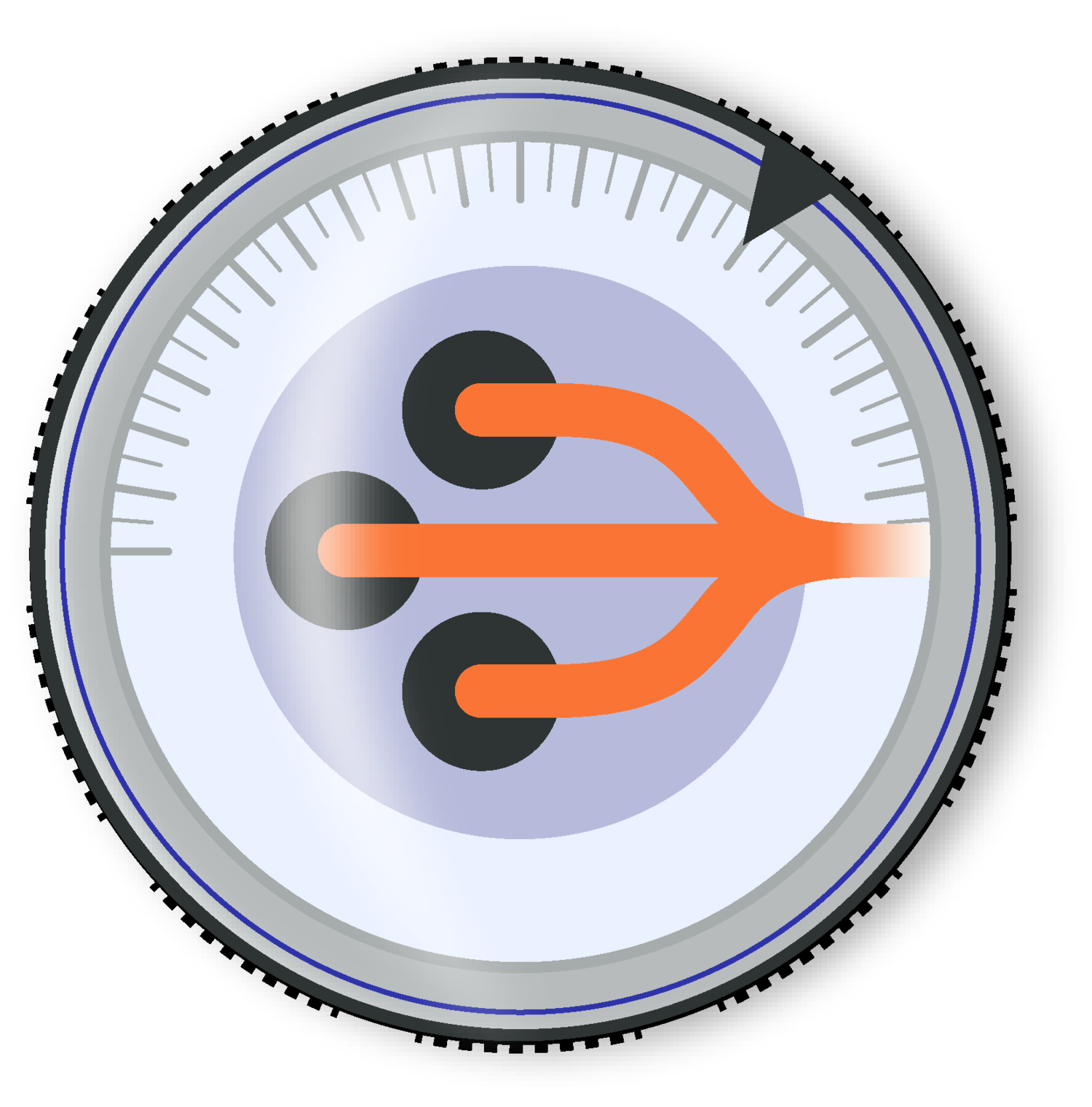Noise Enhancer & Suppressor Molecules
Long ago, chemists realized that chemical-reaction efficiency could be enhanced not only by catalysts but also by increasing the thermal energy (i.e. kT in the Arrhenius equation). In other words, catalysts deterministically lower activation-energy barriers on potential-energy landscapes (below) but when such deterministic drivers are insufficient to cross the barrier, amplifying thermal fluctuations (e.g. via a Bunsen burner) provides an added perturbation for crossing activation-energy barriers.
Remarkably, this physical-chemistry concept also applies to gene regulation in cell-fate decisions (Dar et al., 2014). Roughly, the chemical potential-energy landscape can be compared to a Waddington-epigenetic landscape, where transcriptional activators are essentially catalysts and we have identified a class of noise-enhancer compounds that act like biological Bunsen burners. As a model system, we focus on HIV, where achieving a cure will require latent virus be reactivated and purged. Unfortunately, current reactivation schemes are ineffective. Through screening a small-molecule library for compounds that enhance stochastic gene-expression noise. These noise-enhancer compounds (already FDA approved) act like Bunsen burners, potentiating transcriptional activators to greatly enhance HIV reactivation. Moreover, noise-suppressor compounds—effectively equivalent to ‘ice packs’—inhibit reactivation.
Since molecular noise is a fundamental biophysical phenomenon—influencing phenotypes from antibiotic persistence to cellular reprogramming and cancer—noise-modulating molecules could provide a general tool to manipulate diverse cell-fate decisions.
Papers of note: Dar et al. Science 2014. (linked above)


